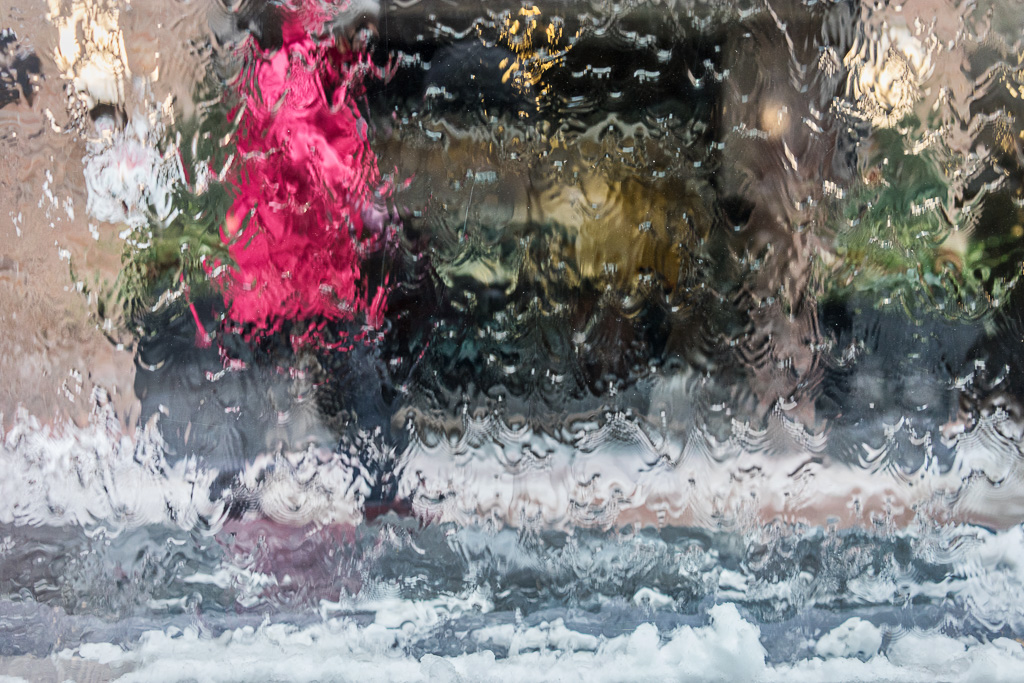There is a generational divide between the things my parents will leave behind for me and those things I will leave behind for my children. I’m not talking about the stuff that gets listed in a last will and testament. I’m talking about the other stuff. The sentimental stuff. The photos in the drawer. The family albums. The scrap books of summer vacations. The letters from dearly departed great aunts. My father, now 86, has gone one further, writing anecdotes and childhood stories that he’ll stitch into a more formal memoir to share with his children and grandchildren.
Although my parents now take digital photos and record their anecdotes on laptops, they make physical copies of everything. The photos and stories they pass on to us aren’t real if we can’t grasp them in our hands.
I on the other hand have crossed a generational/technological divide. People my age and younger tend to accumulate our memorabilia in virtual space. Our photos end up on Instagram or Flickr. Instead of letters, we have threads buried in gmail accounts or texts littered with LOL’s and emojis. For memoirs, we have posts moldering on long-abandoned blogs and forgotten rants on Facebook and Twitter.
Web sites like LifeHacker advise us to preserve our digital assets in much the same way as our parents have preserved their analog assets. In this regard, there are a few basic rules to remember:
- Don’t save digital documents in proprietary formats. Instead, use open-source digital formats. For photographs, save RAW images in DNG format. Alternatively, use .tiff and .jpg for uncompressed and compressed images respectively. Save text as .txt. If you want something with precise layout, save as .pdf but also extract text and images and save them separately.
- Store redundant copies of digital files because drives fail and digital files can degrade. Make sure one of those redundant copies is on a physical drive stored off-site or on a cloud-based server (or both).
- And don’t forget to tell people what you’ve done with your assets.
But let’s be realistic here. Part of what makes old photos and letters from earlier generations so valuable is their comparative scarcity. Now, each one of us generates so much information about ourselves that we can expect succeeding generations to drown in our digital assets. They won’t have the time to examine any of it. It will be useful only as fodder for algorithms that uncover stories about us in the aggregate, social memoirs expressed as statistical trends.
